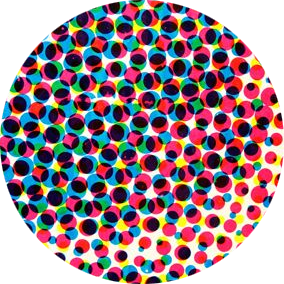Golden Age Superheroes as Sentinels of the City

Superheroes are sentinels of the city. Indeed, Scott Bukatman argues #GoldenAge superheroes “encapsulated & embodied the same utopian aspirations of modernity as the cities themselves.” They are also designed to survive the real & symbolic dangers of modern urban existence. 1/12




“This fixation underscored the sense of a radically altered public space, one defined by chance, peril, and shocking impressions rather than by any traditional conception of continuity and self-controlled destiny.” Superheroes exploit this imagery—but invert it. 5/12

Time and again, the jumping, flying, or soaring ability of Golden Age superheroes is demonstrated by showing them rising above cityscapes. Though technically no larger than any other human, superheroes are nonetheless bigger than the city. 6/12

The scientifically justified but actually impossible abilities of superheroes are routinely represented through their impossible relationship to urban spaces—as on the cover of Batman’s 1939 debut, where he soars over rooftops on a rope attached to nothing. 7/12

On the cover of Sensation Comics #2 (1942), Wonder Woman effortlessly juggles masculine aggression while balancing on a steel girder amid and above an expansive urban landscape, much like the men who ate “Lunch Atop a Skyscraper”–but backwards and in heels. 8/12

Superman even uses his privileged relationship to the city to humiliate his enemies. In this scene from Action Comics #1 (1938), he terrifies a nefarious munitions lobbyist by leaping the length of a skyscraper, then dancing, smilingly, across the telephone lines. 9/12

Similarly, on this page from Batman #1 (1940), Robin treats the city like a jungle gym, playfully leaping across rooftops, swinging around flagpoles, and bouncing off life-saving awnings, a vibrant pinball ricocheting joyfully through the concrete jungle. 10/12

The comics form helps dramatize the scale & speed of the city & bring it down to size. Comics grids let superheroes move impossibly fast & remain impossibly still. A single gutter can cover entire city blocks, while individual panels show superheroes hovering above it all. 11/12

As Bukatman puts it, “superheroes negate the negation of the grid.” While birthed in the Golden Age, this symbology endures into the present, where superheroes continue to offer fantasies of both embodying the city and defying it, powerfully, beautifully, and fearlessly. 12/12
